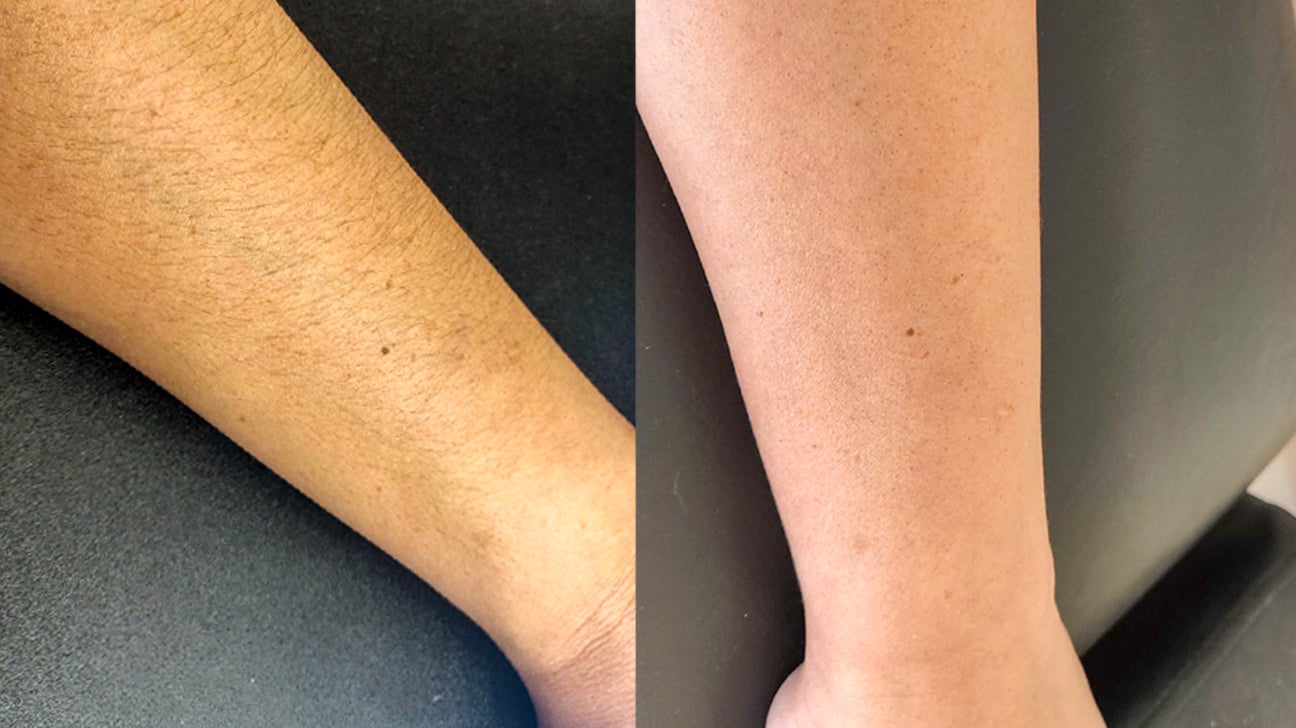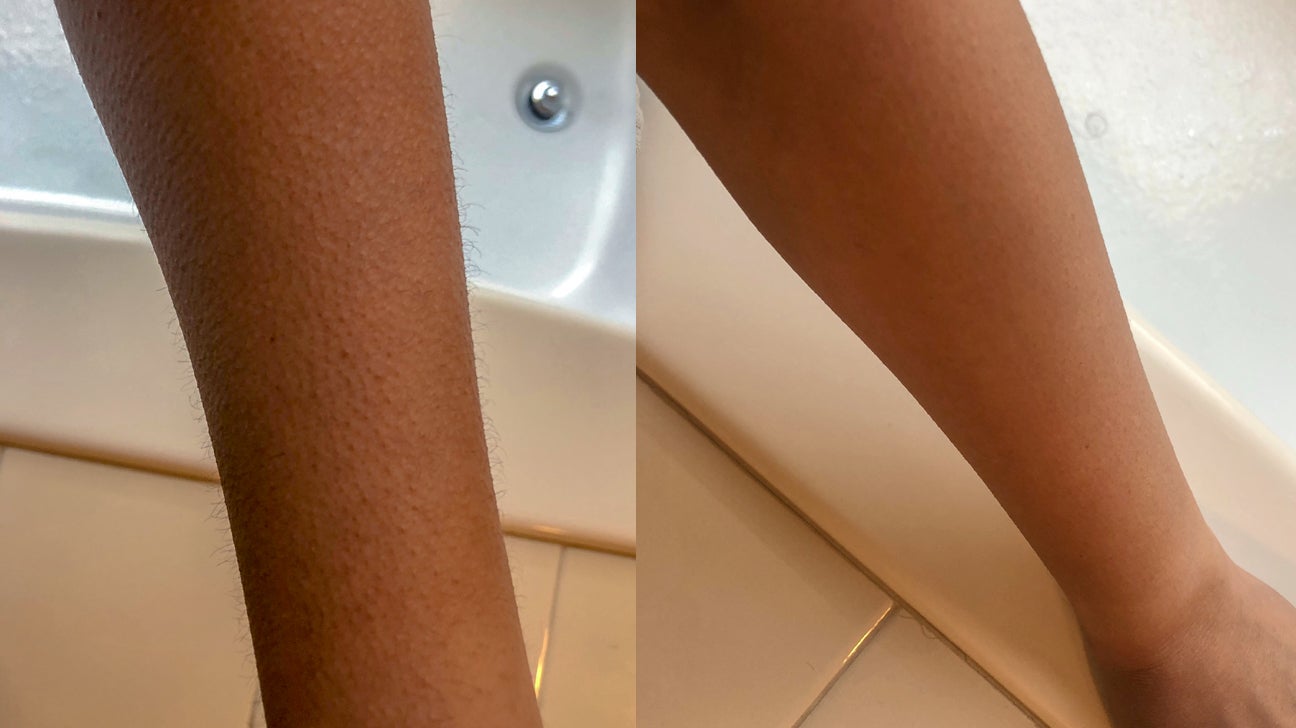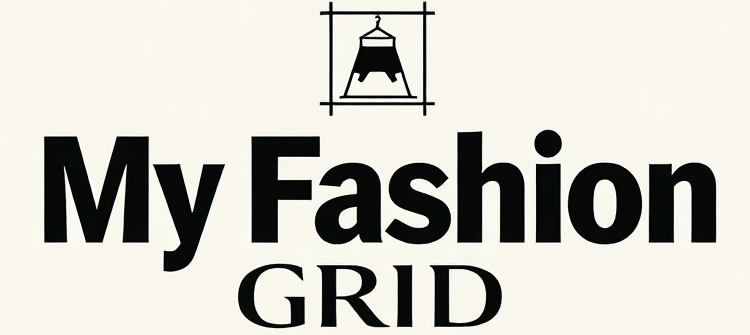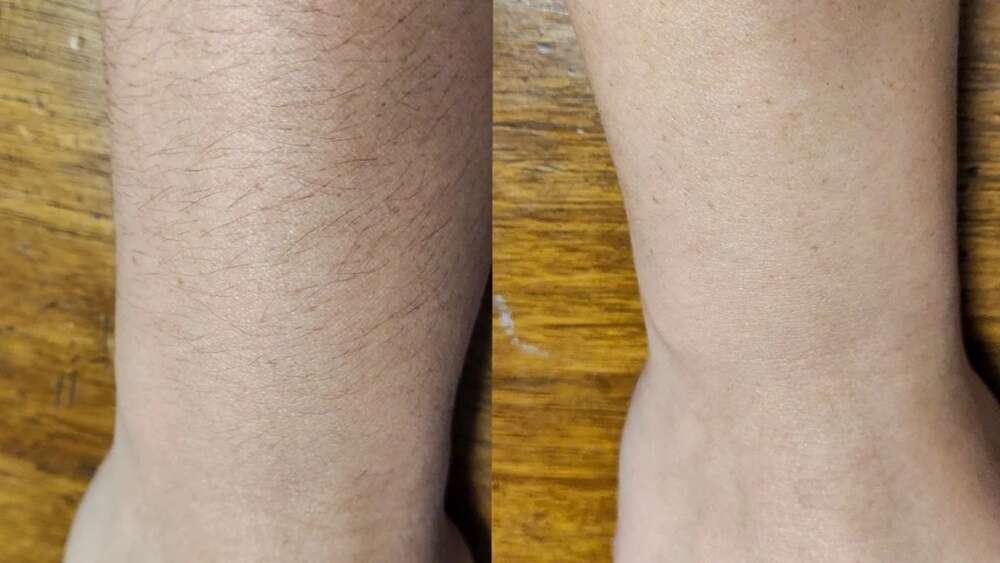Are you wondering if shaving your arms is a good idea or if it might cause more harm than good? You’re not alone.
Many people ask, “Is it bad to shave your arms? ” because they want smooth skin but worry about irritation, dryness, or even whether the hair will grow back thicker. Before you reach for that razor, it’s important to know the facts about what really happens when you shave your arms.
You’ll discover the benefits, risks, and simple tips to keep your skin healthy and comfortable. Keep reading to find out everything you need to know to make the best choice for your skin and confidence.
Shaving Myths
Many people believe shaving arms changes hair growth or causes problems. These ideas come from common shaving myths. Understanding the truth helps you decide if shaving your arms is right for you.
Shaving cuts hair at the skin surface. It does not affect hair roots or how hair grows beneath the skin.
Hair Thickness And Growth
Shaving does not make hair thicker or darker. Hair may look blunt after shaving. This blunt edge can feel coarse or rough. The new hair growth is the same thickness as before. Hair color also stays the same. The idea that shaving changes hair thickness is false.
Hair Density Changes
Shaving does not change the number of hairs on your arms. Hair grows from follicles under the skin. Shaving only removes hair above the skin. It cannot affect how many follicles you have. Hair density remains unchanged after shaving. Any change in appearance is temporary and only due to hair length.

Credit: www.healthline.com
Potential Skin Issues
Shaving your arms can cause some skin problems. These issues happen due to the razor and how you shave. Knowing about potential skin problems helps you avoid pain and discomfort. Pay attention to your skin’s response after shaving to keep it healthy.
Razor Burn And Nicks
Razor burn is a common issue after shaving arms. It causes redness and a burning feeling on the skin. Using a dull razor or pressing too hard can cause small cuts called nicks. These nicks may bleed and hurt. Shaving too fast or without enough shaving cream can increase razor burn and nicks.
Folliculitis And Ingrown Hairs
Folliculitis is an infection of hair follicles that can happen after shaving. It shows as small red bumps or pimples on your arms. Ingrown hairs occur when shaved hair grows back into the skin. They cause painful bumps and can lead to infections. Both problems can make the skin look uneven and itchy.
Dryness And Irritation
Shaving removes the top skin layer and natural oils. This can leave your arms dry and rough. Dry skin feels tight and may peel or flake. Irritation often happens if you skip moisturizing after shaving. Using harsh soaps or hot water can make dryness worse. Keeping your skin hydrated is important after shaving.
Benefits Of Shaving Arms
Shaving your arms offers several benefits beyond just removing hair. It can enhance your overall look and improve how you feel about yourself. Many people choose to shave their arms for a cleaner, smoother appearance. This choice can also increase comfort in warm weather or during physical activity. Understanding these benefits helps you decide if shaving your arms fits your lifestyle.
Aesthetic Appeal
Shaving your arms creates a smooth and polished look. It highlights muscle definition and improves skin texture. Without hair, your arms often appear cleaner and more toned. This look suits many fashion styles, especially sleeveless clothing. A well-groomed appearance can make a strong visual impression in social and professional settings.
Boosting Confidence
Many people feel more confident after shaving their arms. Smooth skin can reduce self-conscious feelings about visible hair. Feeling good about your appearance often leads to improved body image. Confidence can affect how you carry yourself and interact with others. Simple grooming choices like shaving can have a positive impact on your mood and self-esteem.

Credit: www.healthline.com
Risks To Consider
Shaving your arms might seem simple, but some risks come with it. Understanding these risks helps you make a safe choice. Pay attention to how your skin reacts and what problems may arise.
Skin Sensitivity
Shaving can irritate sensitive skin. The razor blade may cause redness and itching. Some people experience razor burn, a painful rash. Dryness often follows shaving, making skin feel tight. Using a dull blade increases irritation risks. Sensitive skin needs extra care before and after shaving.
Possible Infections
Small cuts from shaving can let bacteria enter the skin. This may cause infections like folliculitis, which is inflamed hair follicles. Shaving without cleaning the razor increases infection chances. Avoid shaving over pimples or wounds. Always use clean tools and moisturize after shaving to protect your skin.
Long-term Effects
Repeated shaving might thicken or darken hair appearance. This happens because hair cuts bluntly, not due to actual growth changes. Some people develop ingrown hairs, which cause bumps and discomfort. Over time, shaving can cause permanent skin irritation for some. Watch your skin’s reaction and take breaks if needed.
Safe Shaving Tips
Shaving your arms can be safe and comfortable with the right approach. Proper care before, during, and after shaving protects your skin from irritation, cuts, and dryness. Follow simple steps to keep your skin smooth and healthy.
Choosing The Right Razor
Pick a razor made for sensitive skin or body hair. Use a sharp, clean razor to avoid nicks. Razors with multiple blades give a closer shave but need careful handling. Replace your razor often to keep it effective and reduce infection risk.
Pre-shave Preparation
Wash your arms with warm water to soften hair and open pores. Use a gentle scrub to remove dead skin cells. Apply a thick layer of shaving cream or gel to protect your skin. This helps the razor glide smoothly and prevents razor burn.
Post-shave Care
Rinse your arms with cool water to close pores and reduce redness. Pat dry gently with a soft towel. Apply a fragrance-free moisturizer to soothe and hydrate your skin. Avoid tight clothing right after shaving to prevent irritation and ingrown hairs.
Alternatives To Shaving
Shaving is a quick way to remove arm hair, but it may cause irritation or itching. Many seek other methods to keep arms smooth without frequent shaving. Several alternatives offer longer-lasting results and less skin trouble. These options suit different skin types and preferences.
Waxing And Sugaring
Waxing removes hair from the root, giving smooth skin for weeks. It can be painful at first but gets easier over time. Sugaring uses a natural paste made from sugar, lemon, and water. It is gentler on the skin and less likely to cause irritation. Both methods reduce hair growth with regular use.
Depilatory Creams
Depilatory creams dissolve hair just below the skin’s surface. They are easy to use and pain-free. Apply the cream, wait a few minutes, then wipe it off with a cloth. Some creams may cause redness or allergies, so testing on a small skin patch is wise. Results last longer than shaving but shorter than waxing.
Laser Hair Removal
Laser hair removal targets hair follicles with light to reduce growth permanently. It requires several sessions and works best on dark hair and light skin. The procedure is quick but can feel uncomfortable, like tiny snaps on the skin. Over time, hair grows thinner and slower, reducing the need for shaving or waxing.
Who Should Avoid Shaving
Shaving your arms might seem simple, but it is not for everyone. Some people should avoid shaving to prevent skin problems. Knowing who should skip shaving helps keep your skin healthy and comfortable. Here are two important groups to consider.
Sensitive Skin Conditions
People with sensitive skin should avoid shaving their arms. Shaving can cause irritation, redness, and razor burn. Conditions like eczema, psoriasis, or dermatitis make skin more fragile. Shaving may worsen these problems and cause pain. Using razors can also lead to small cuts or infections. It is best to choose gentler hair removal methods or consult a dermatologist before shaving.
Young Age Considerations
Young children and teenagers may want to avoid shaving their arms. Their skin is still developing and can be very delicate. Shaving too early can cause cuts, rashes, and discomfort. Hair growth at a young age is usually fine and natural. Waiting until the skin is stronger helps prevent irritation and injury. Parents should guide kids and teens on safe grooming habits.

Credit: www.wikihow.com
Frequently Asked Questions
Why Shouldn’t You Shave Your Arms?
Shaving your arms can cause razor burn, nicks, and ingrown hairs, especially on sensitive skin. It may also dry out skin without proper moisturizing.
Does Arm Hair Grow Back Thicker If You Shave It?
Shaving arm hair does not make it grow back thicker or denser. Hair may appear darker or coarser due to blunt edges after shaving, but its actual thickness stays the same.
Is It Okay To Shave The Arms Of A Woman?
Yes, women can safely shave their arms. Use a clean, sharp razor and moisturize afterward to prevent irritation.
What Parts Of Your Body Should You Not Shave?
Avoid shaving sensitive areas like the genitals, inside the nose, ears, and around moles or irritated skin to prevent injury and infection.
Conclusion
Shaving your arms is a personal choice with some risks. It does not make hair grow back thicker or darker. You might face skin irritation or razor burn if not careful. Using a sharp razor and moisturizing helps protect your skin.
Always listen to your body’s reaction after shaving. Taking simple precautions can reduce discomfort. Your comfort and skin health matter most in this decision.

Rubel Miah is the co-founder and senior writer at MyFashionGrid, where he shares practical and expert-backed male grooming advice. With years of experience testing grooming products and perfecting men’s style routines, Rubel’s goal is to help men look sharp and feel confident—whether it’s mastering the perfect shave, finding the right haircut, or upgrading their daily grooming game. When he’s not writing, you’ll find him experimenting with new razors or exploring the latest trends in men’s fashion and self-care.

